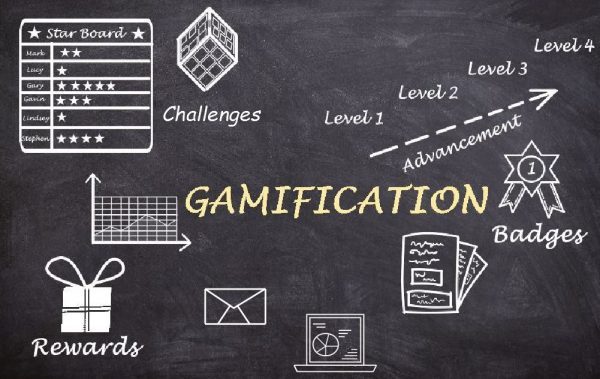You may have heard the acronym MTSS before; it stands for Multi-Tier System of Supports, which includes a framework and processes for supporting all students. MTSS usually has three tiers, though some districts may create a fourth tier. First, a teacher designs instruction with research-based and effective practices for the whole class. Second, a teacher moves to small group interventions to support each student and fill in the missing gaps. Third, a teacher creates more individualized support where additional activities with a specific focus are carried out to support student comprehension. The goal of MTSS is first to deliver targeted support in a timely manner so that students don’t fall behind or miss out on learning opportunities and then to monitor progress to determine if more intensive interventions are needed.
Resources
Watch
CTA’s Video on Multi-Tiered Systems of Support (6:68)
Direct link: CTA’s Video on Multi-Tiered Systems of Support
Read
- CA Department of Education’s Definition of MTSS – Website
- RTI & MTSS Resources for Middle & High School – Website – Resources
Prompt
As a content literacy teacher, you will frequently be able to utilize MTSS when teaching content concepts and literacy skills. It is really valuable to be able to deliver MTSS in a shorter time frame so students can build on their knowledge. In this discussion, you will (1) list a literacy skill that will be taught in your content area, (2) identify a progress monitoring tool (this could be a formative assessment) for said literacy skill, and then (3) describe an example of an intervention you can implement to re-teach this literacy skill to a student who did not grasp it the first time.
As I begin my career as a high school mathematics teacher, I am thrilled to apply various strategies that align with the Multi-Tiered System of Supports (MTSS) to enhance both content mastery and literacy skills in my classroom. One of my primary focuses will be on developing students’ Mathematical Problem Solving and Communication skills. This involves not only teaching them how to solve mathematical problems but also how to articulate their reasoning processes clearly. I will encourage students to understand problems deeply, plan their solutions, execute these plans, and then communicate their solutions both verbally and in writing. This dual focus on problem-solving and communication is crucial for developing comprehensive mathematical literacy.
To monitor and support this development effectively, I plan to implement Solution Journals and Peer Reviews in my teaching practice. Students will maintain journals where they record their problem-solving processes and solutions in detail, allowing them to reflect on their learning journey. These journals will be instrumental for me to track their progress over time. Additionally, incorporating a peer review system will foster a collaborative learning environment, enabling students to learn from each other and provide constructive feedback.
For students who need additional support in articulating their mathematical reasoning, I will organize Structured Problem-Solving Workshops. These workshops will adopt a step-by-step approach to dissecting and solving problems, with a strong emphasis on clear communication of each step. I will use graphic organizers to help students structure their thoughts and create sessions where they can practice explaining their reasoning to their peers. This approach will not only reinforce their mathematical understanding but also improve their ability to communicate complex concepts effectively.



